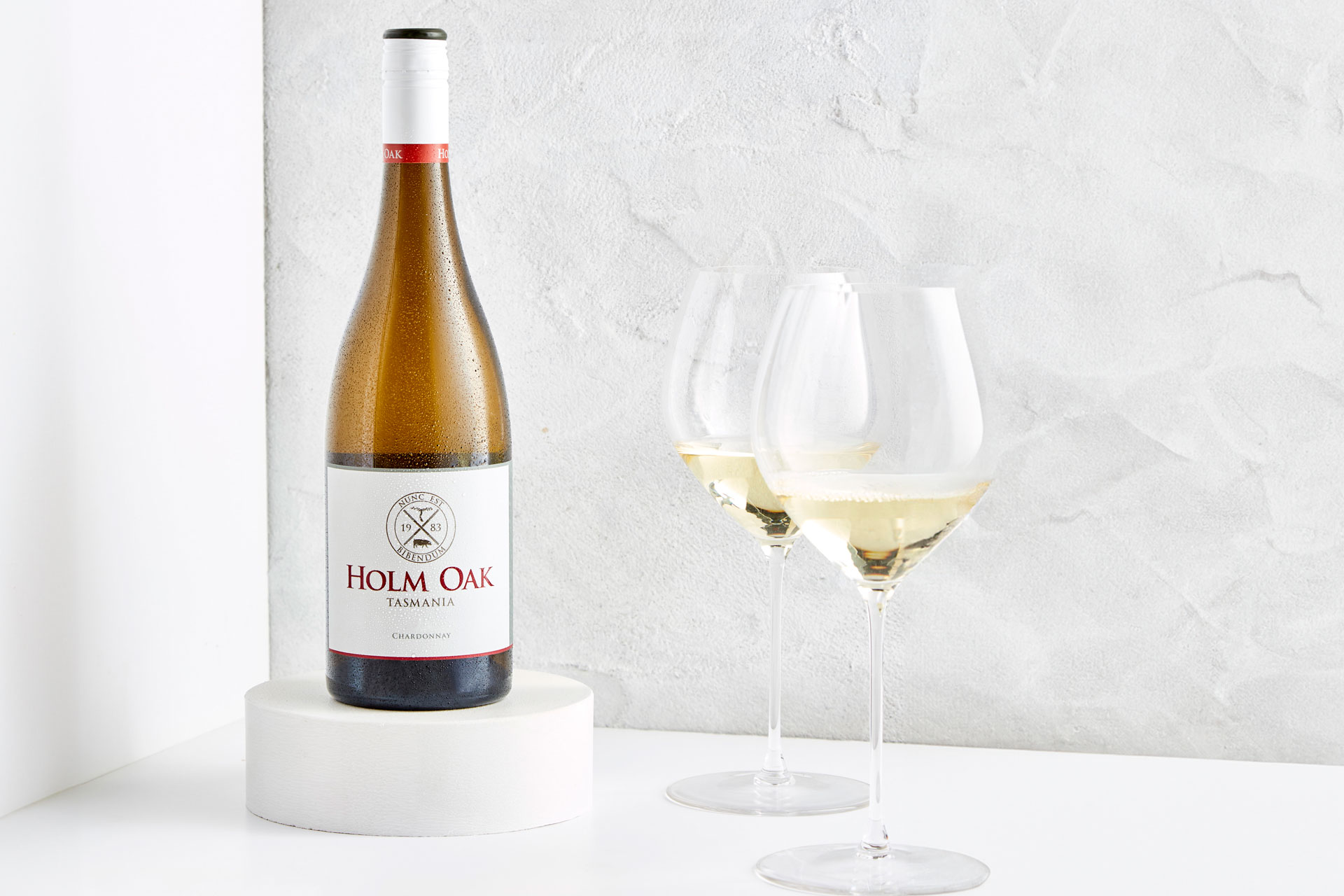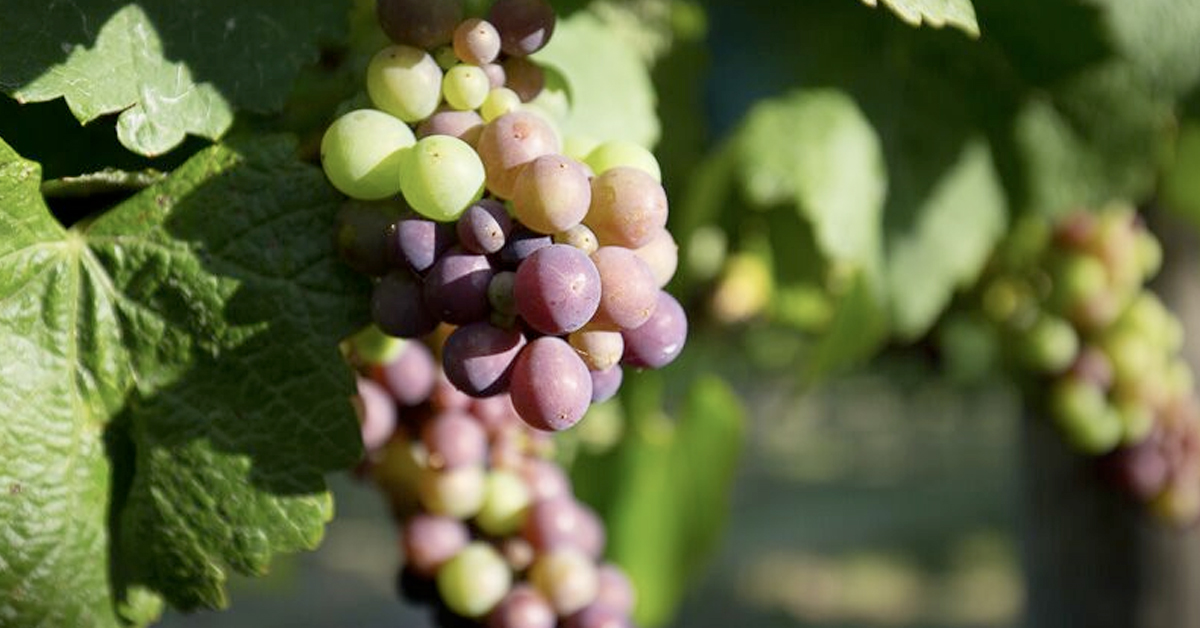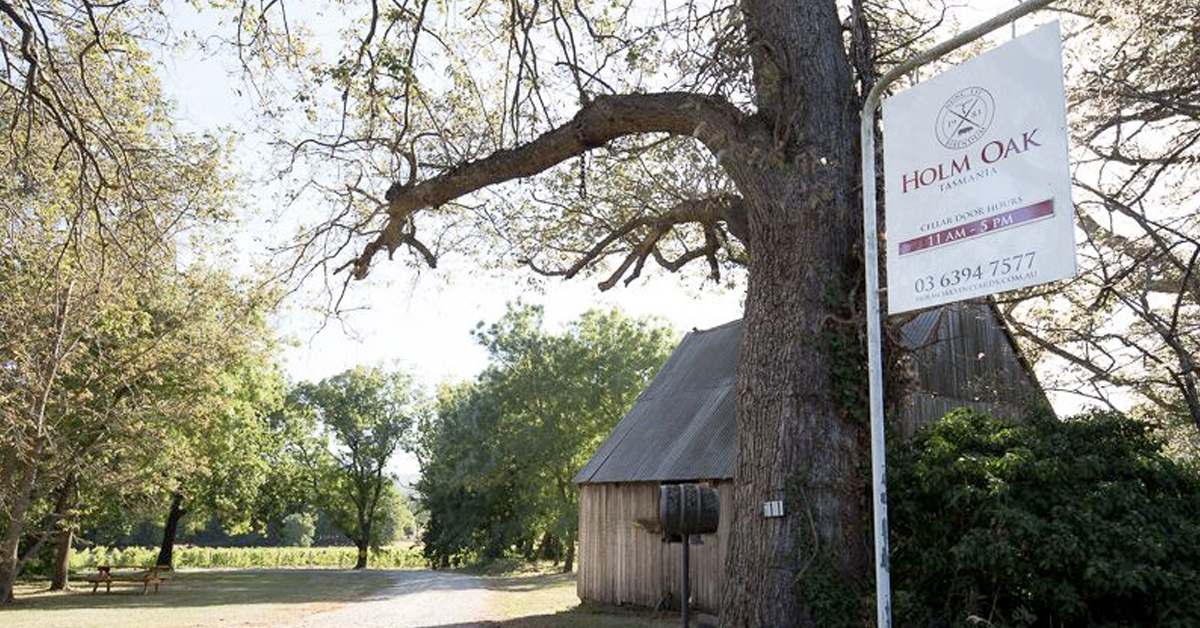Time to Talk – Textural White Wine
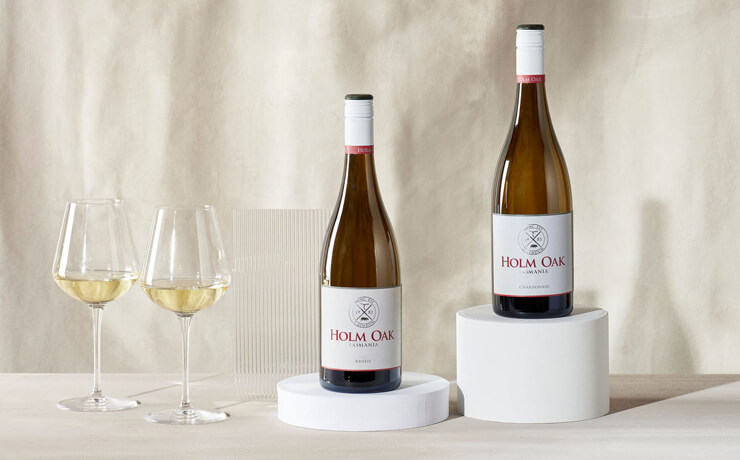
Tasting notes can be full of words that don’t always immediately explain what to expect from a wine – think minerally and gamey, to flabby and more. One of these common descriptors, particularly for white wines, is “textural”. While it doesn’t go so far as suggesting a specific type of texture (that’s where words like velvety, silky, or even chalky come in), it’s a broader reference to a wine having an obvious feeling on the palate. Read on as our winemaker Bec Duffy explains all you need to know about textural white wines.
What texture does tannin create in your mouth?
Tannins are a compound present in all wine – giving a mouth-drying quality. You may have heard the remark “elegant tannins” when sipping on a glass of Pinot Noir but tannins also exist in white wine too – generally at much lower levels. This is due to the different treatment of red and white grapes prior to fermentation, where the juice of red wine comes into contact with the skins, seeds and stalks where white wine generally doesn’t.
An easy way to understand tannin is when your cup of tea has steeped too long and then you take a sip. That grippy, furry feeling left on your tongue, the astringency and drying sensation – that’s tannin. It’s a compound which exists in not just wine but fruits like pomegranate and nuts like walnuts.
What does textural mean in wine?
Texture in red wines tends to be discussed in terms of tannins, which can create a much more tangible mouthfeel, but when it comes to whites, it’s a different conversation – and sensation, too. So, what does a white wine with texture taste like? For winemaker Bec Duffy, it will have an enhanced, more apparent body. “It will be creamier and have a richer mouthfeel, greater complexity, depth of flavour and better integration of fruit and wood,” Bec says.
Some white grape varieties are inherently lighter bodied, while others are true textural delights. Here at Holm Oak, some of our standouts that fit the textural bill are arneis, chardonnay and sparkling wines. And while much of that mouthfeel relates to the nature of the varieties, winemaking decisions play a huge role, too. It all comes down to yeast autolysis. Put simply, this process sees the breakdown of yeast during production, which releases certain compounds that can enrich the finished wine.
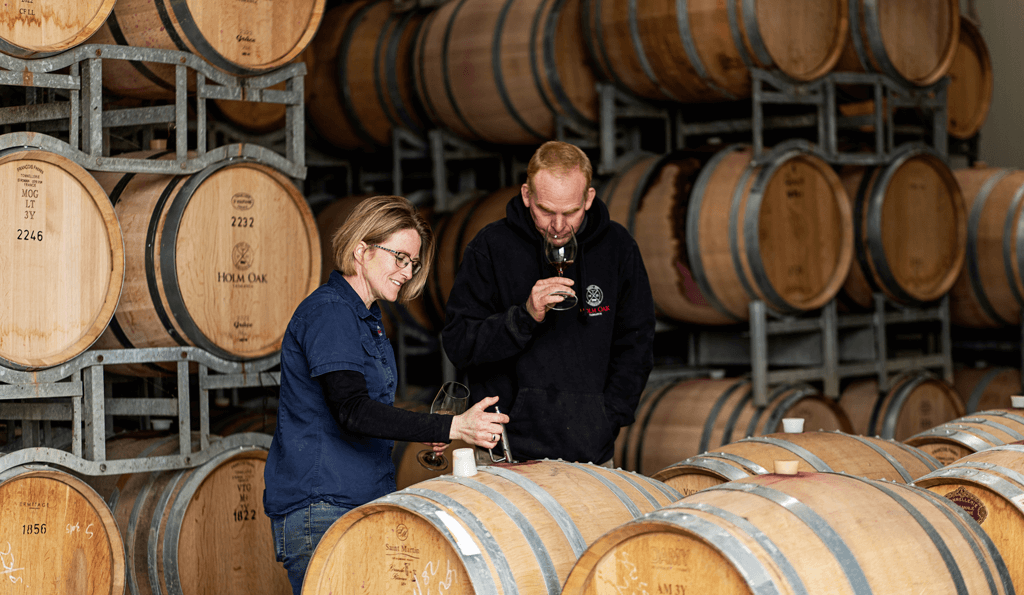
Winemaking decisions which give wine texture
- Fermentation and Aging Oak barrels
We build texture through whole bunch pressing our chardonnay and then transferring the free run juice to barrel to undergo natural fermentation. Fermenting the wine in oak barrels gives a broader bodied wine. We have been using this technique since 2010 and are very impressed with the results. We are frequently conducting trials with different coopers to ensure we choose the highest quality oak which suits our fruit. We use about 20% new oak for our chardonnay, with the oak contributing texture to the wine through the tannin in the staves.
- Lees stirring
One way we maximise this process at Holm Oak is by maturing white wine in barrels on its lees, or dead yeast cells. “We ferment the wine in barrels, the wine is then lees stirred on a regular basis. This months-long method essentially helps to soften any potentially aggressive tannins.” The yeast needs time to break down so this extra time helps add an extra dimension to the wine.
- Malolactic Fermentation
Malolactic fermentation also has an impact – it’s the process that converts the malic acid (the acid found in apples) into lactic acid (the acid found in milk) which is much softer. The 2023 Holm Oak Wizard Chardonnay and 2023 Holm Oak Chardonnay are both great examples of whites with texture, where malolactic fermentation was used in different ratios for each wine. Our elegant flagship, the Wizard, shows complexity and a fine palate, while our popular Chardonnay is a slightly richer style with a creamy palate.
- Concrete Eggs
We’re also playing with texture through the use of concrete eggs, as seen with our 2023 Arneis, which was partly fermented in this format. “The idea with the egg is that it is warmer at the top and cooler at the bottom, creating a natural vortex that keeps the lees in suspension, therefore assisting in yeast autolysis,” Bec says. The result is a classic style of Arneis, with bright fruit flavours, flinty acidity and great concentration.
- Yeast Autolysis
When it comes to sparkling styles, yeast autolysis underpins the traditional method of production, so it has a huge effect on the finished wine. In some cases, a sparkling wine is kept in contact with its lees for years, which is how it gets all those lovely creamy, toasty notes. In our case, the Non-Vintage Sparkling Rosé stays on lees for three years to retain all those lovely bright fruit flavours, the Non-Vintage Sparkling spends two years on lees, creating an appealing palate weight and lovely characters.
Want to know more?
Bec shares further wine wisdom in some further articles that explain more about different wine varietals. Read on to top up your knowledge.
